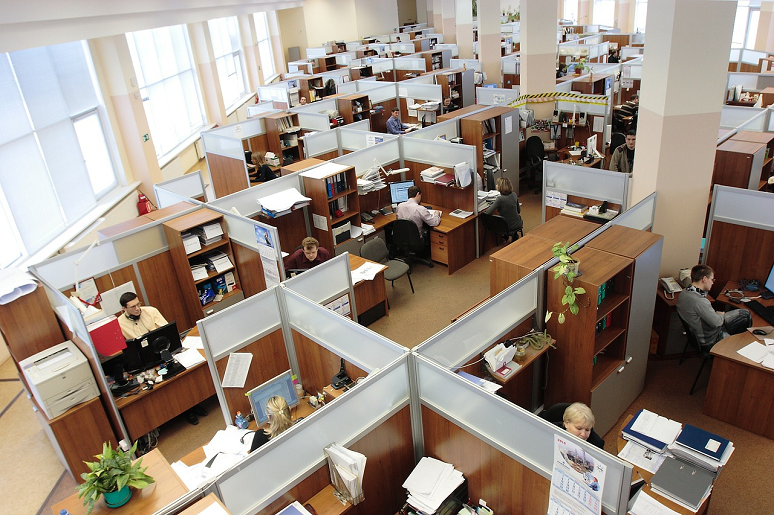For a wealth of insights about optimizing the return to office (RTO), definitely check out my colleague Matt Vartebedian’s article on No Jitter, recapping a session from this year’s NeoCon, an event that covers office design. The session’s speakers seem to have validated many of the ideas about hybrid working that have been floating around for the last several months, such as the need for a mix of collaboration and focus spaces in the office, and the fact that Mondays as well as Fridays are pretty empty in most offices.
Another key point: It really does seem to be all about the commute. As Vartebedian writes, “The longer the commute, the less likely people were to make the trip regardless of how ‘amazing’ the office was.” That seems to align with a data point presented by design firm Gensler as part of the session: In a recent Gensler survey, 42% of U.S. respondents said they’d come into the office an additional day a week if the office “provided their ideal work experience mix,” while 24% would come in full time under such circumstances.
That sounds impressive on one level but think about it: You promise people their ideal work environment, and almost half say that’s worth just one more day a week. In short, the ideal office is only a part of the ideal work arrangement. Flexibility and time savings are an indispensable part of the equation.
I was also intrigued by comments Vartebedian reports that suggest a feeling of territoriality is returning to offices. We may think of the post-pandemic hybrid office as this fluid, anyone-goes space where people move around a lot, or someplace where workers go to the desk booking app and hope for the best. In fact, the NeoCon panel seems to have validated the spirit of the classic Onion headline, "Totally Unknown Guy Strolling Around Your Part Of Office For Some Reason."
In short, it sounds like, in many ways, the post-pandemic Tuesday-Thursday office wants to behave a lot like the pre-pandemic Monday-Friday office. Maybe people don’t want a different kind of office, they want the legacy office, just a less frequent version of it.
For IT decision-makers, that could be simplifying and clarifying. We know that, as enterprises shed office space, even a peak Wednesday is likely to feature in-office employees collaborating with remote workers—thus the persistence of demand for meeting equity. And if, as Vartabedian’s article suggests, users look to the office to provide resources they may not have at home, it will be important to focus not just on the hardware and software, but on the network. If conference rooms are booked solid on Wednesday and an office full of people is doing more work than ever via AI-driven systems, IT will need to understand the implications for application performance.
A lot of the RTO trends we’re seeing now, such as activity-based working and office neighborhoods, have their roots in the pre-pandemic days that were dominated by the widely disliked open office plan. In many ways, the problems we’re trying to solve in the hybrid work era aren’t that different: Create spaces where people can get work done, where they can come together, where they can focus, and then use technology to enhance those spaces’ ability to serve those needs. The remote element now is critical, rather than the afterthought it had been pre-pandemic for some enterprises.
Does that make the office a “magnet,” as the buzzword has it? Or does it just make it the office, circa 2023?










